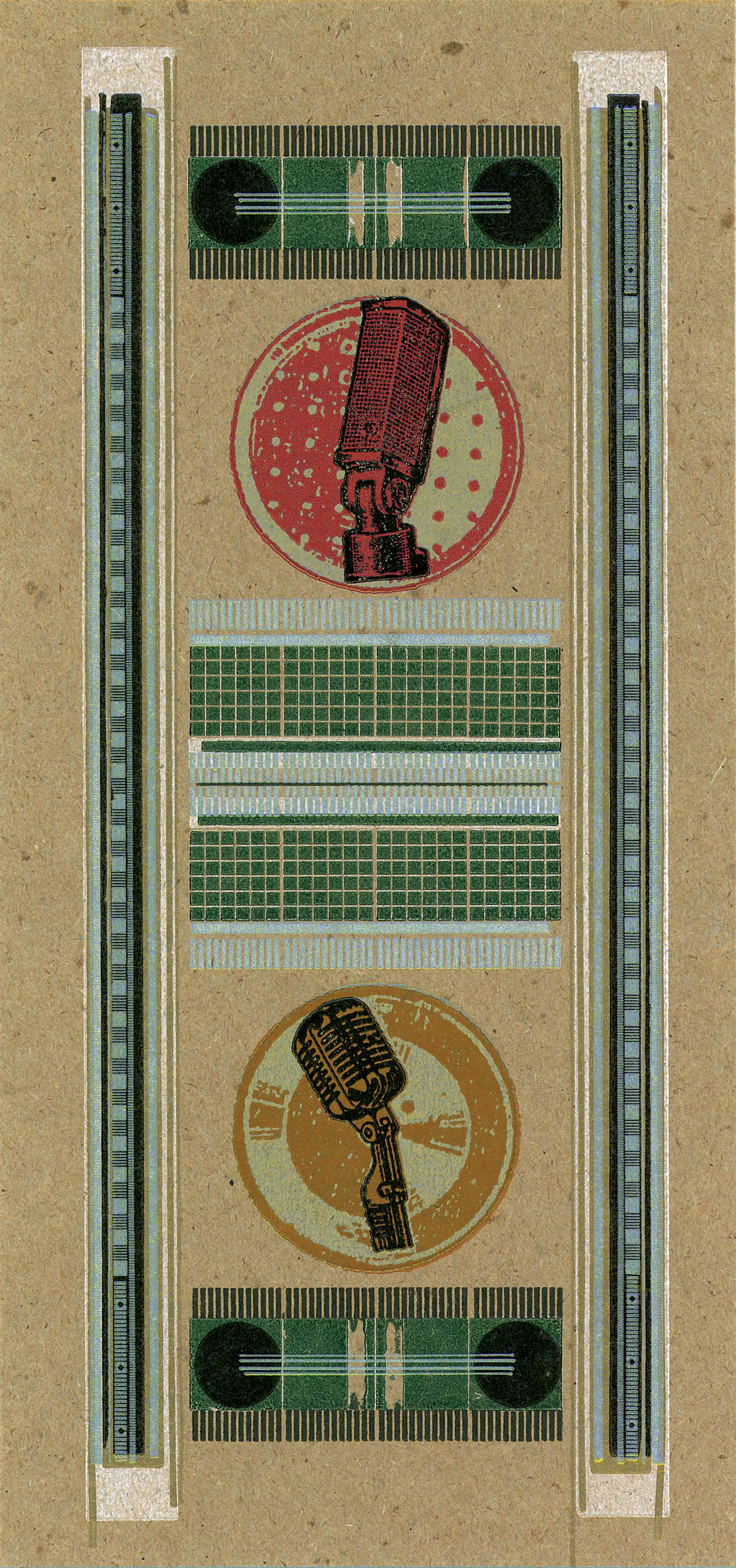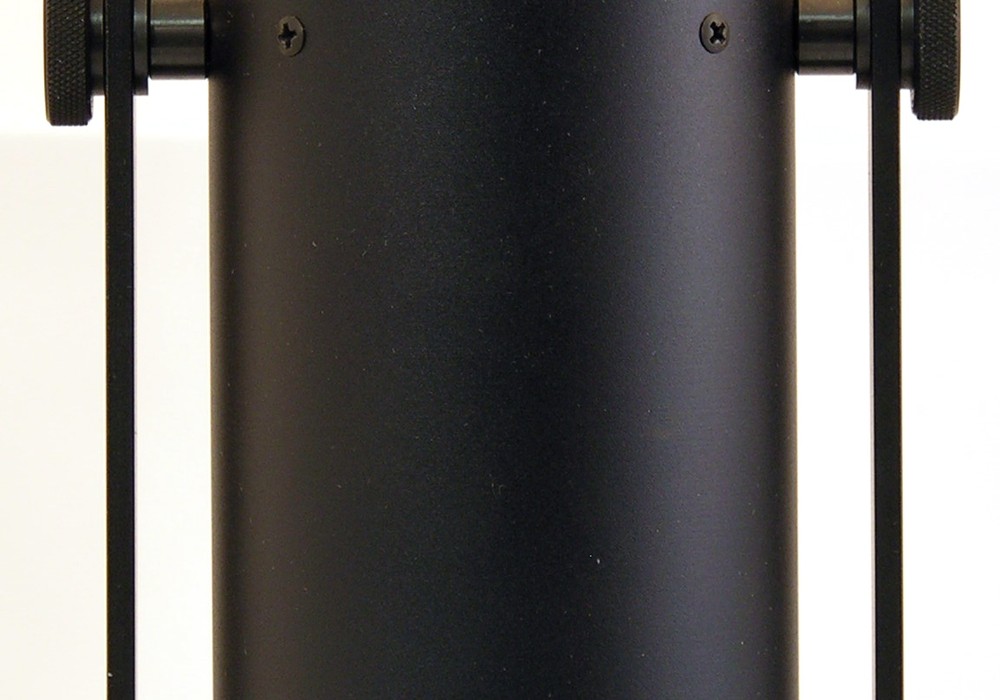One of the most important aspects of recording music is providing the artist with a good cue mix. Nothing can make or break a studio performance as easily as the quality of the cue mix. That's why a good headphone monitoring system is crucial. When you consider the big-picture cost of assembling and operating a recording studio - even a modestly- equipped home studio - putting together a high- fidelity headphone monitoring system is incredibly cheap. It always irks me when I work in studios that can't spend a few hundred bucks on good headphones while they'll easily spend many thousands on the latest audio gadgets or plug-ins. The Samson Q5 is an affordable, half-rack sized, stereo headphone amp with five front-panel mounted headphone outputs. On the back are left and right balanced inputs(1/4''TRS connectors)with balanced"link" outputs for daisy-chaining.Power is supplied by an external supply(but thankfully not a wall-wart). An individual volume control above each headphone output allows each headphone user to adjust the volume to their taste-this is especially useful when multiple headsets with different impedances are used concurrently. Maximum power is 500mW for each output.That's enough to drive even high-impedance phones(like the AKG240M)to decent volume levels and low-impedance phones (like the Sony 7506) to ear-splitting levels. There isn't much to say about how the unit sounds-but that's a good thing, as it doesn't seem to impart any character of its own to the sound. What you put in is what you get out. The Audio-Technica ATH-D40fs Enhanced-Bass Precision Studiophones, as the name implies, are studio-quality headphones with a frequency response that favors the low end. The ATH- D40fs has all the features that are expected for studio headphones: field-replaceable components-earcups that rotate for one-ear monitoring - high power handling-1/4''plug on a straight cable-and closed backs to provide some isolation. Nothing unique in that list. But the fact that there's a bump in the bass response is particularly noteworthy. I find that the bass guitar and kick drum are often times the hardest instruments to hear in the headphone mix, and guitar amps tend to lose some of their "oomph" when translated to headphones. Turning up the bass in the cue mix to compensate can lead to headphone "farting." The ATH-D40fs provides the extra low end without increasing the possibility of driver distortion. Bass instruments are easier to follow, and everything sounds bigger. Therefore, the band is tighter, and everyone performs better. I spent $85 for each ATH- DF40fs headset and $110 for each Q5 amp. That's money well spent. Since getting them, not a single artist or band has complained about the headphone mix in my studio, while many of them have had stories to tell of unhappy experiences recording with shitty headphones elsewhere.
(www.samsontech.com, www.audio-technica.com)





_disp_horizontal_bw.jpg)